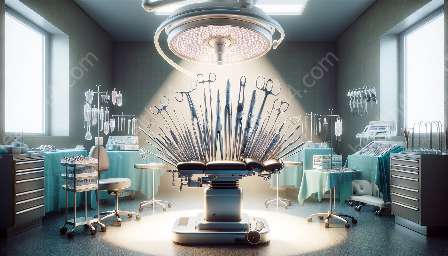The Stethoscope: An Essential Tool in the Medical Field
As a fundamental tool in the medical profession, the stethoscope plays a crucial role in diagnosing, monitoring, and assessing patients' health.
The Importance of Stethoscopes
The stethoscope is a vital device used by healthcare professionals to auscultate and assess various internal sounds within the body, such as heart, lung, and intestinal sounds. This tool enables medical practitioners to detect abnormalities and make accurate diagnoses, ultimately guiding the appropriate course of treatment for patients.
Types of Stethoscopes
There are various types of stethoscopes, including acoustic, electronic, and fetal stethoscopes. Each type serves specific purposes within different medical specialties.
Connection to Surgical Instruments
Stethoscopes are often used in conjunction with surgical instruments to monitor patients' vital signs during surgical procedures. They provide real-time feedback to the surgical team, ensuring that patients remain stable throughout the operation.
Stethoscopes and Medical Devices & Equipment
Stethoscopes are an integral part of the broader landscape of medical devices and equipment. They complement other tools such as blood pressure monitors, thermometers, and diagnostic equipment, enhancing the overall capability of healthcare professionals to provide accurate and comprehensive care.
Innovation in Stethoscope Technology
Modern advancements have led to innovative features in stethoscope design, including enhanced acoustics, Bluetooth connectivity, and noise-canceling capabilities, further improving the quality and accuracy of patient assessments.
The Future of Stethoscopes
As technology continues to evolve, stethoscopes are adapting to incorporate digital interfaces and connectivity with electronic health records, paving the way for more efficient and integrated patient care.
Conclusion
The stethoscope stands as an iconic symbol of the medical profession, serving as a gateway to the inner workings of the human body. Its enduring significance, connection to surgical instruments, and integration with other medical devices and equipment reflect its indelible impact on healthcare practices worldwide.


